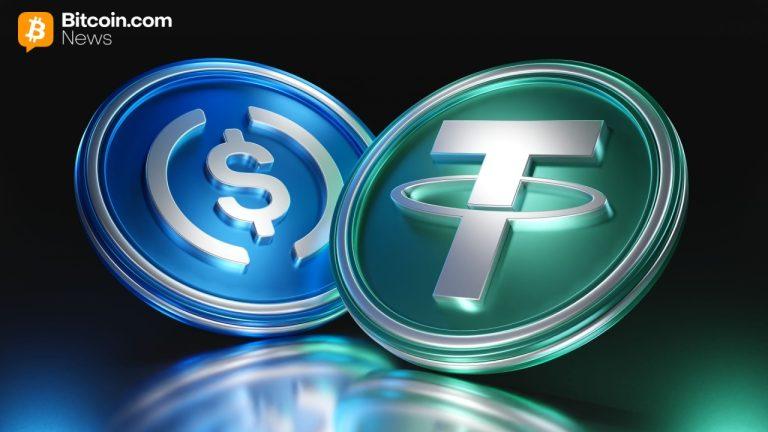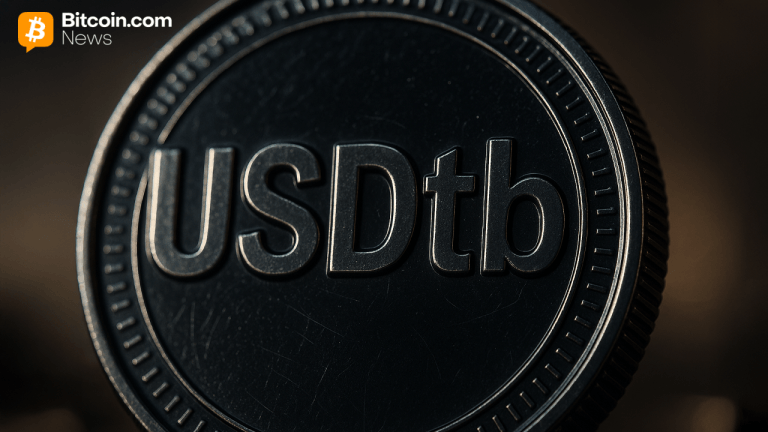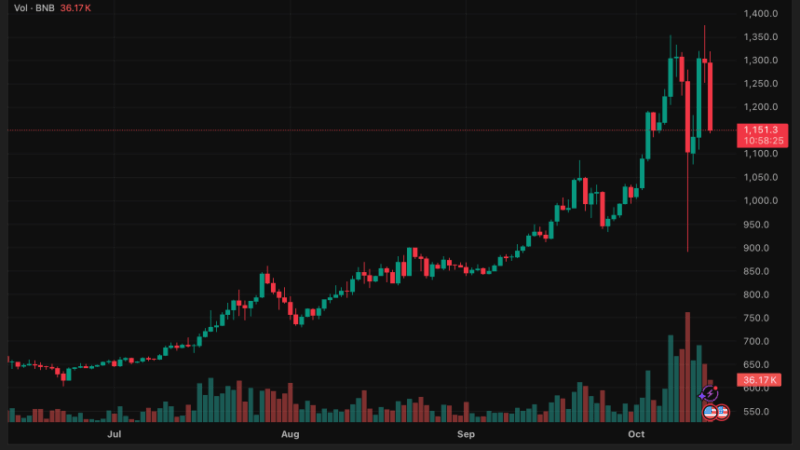Is BlackRock’s IBIT flows keeping Bitcoin above $100k?
Bitcoin’s weekend was a classic macro hit-and-run. On Friday, tariff threats toward China knifed through risk assets and shoved BTC through $110,000, with roughly $7 billion in crypto positions liquidated as leverage unwound into a thin tape.
By Sunday night and into Monday, the tone softened as Trump posted a calming message about China, and US markets steadied while China ADRs bounced. BTC followed with a morning pop, retracing part of the slump.
The main question arising from this weekend’s volatility is whether the US spot ETF complex, led by BlackRock’s IBIT, functioned as a shock absorber that kept Bitcoin price from sliding deeper into a hole.
A good place to start is the tape of creations and redemptions. Early last week, US spot Bitcoin ETFs printed a blockbuster run, with Oct. 6 alone clearing roughly $1.21 billion of net inflows, the largest single-day print in months.
That binge came before the tariff headlines and showed that cash was already queued up and flowing into wrapped BTC exposure. Even if you discount frothier aggregators, the mainstream coverage captured the same basic picture: a wave of money had entered the wrapper complex in the days leading into the macro shock.
Then came the flush. If ETFs were brittle, you would expect a cascade of same-day redemptions on Friday. That did not happen. Farside’s daily table shows aggregate US spot-BTC ETF flows finishing Friday, Oct. 10, with just $4.5 million in outflows.

Under the hood, though, IBIT pulled in $74.2 million while most peers leaked. That pattern matters because it shows the ETF market didn’t act in unison on the stress day. Some holders asked for cash back, yet the largest fund created shares and pulled coins into custody. In a session defined by forced sellers and shallow spot books, one steady intake valve can be enough to dull the edge of a cascade.
The split widened on Monday, Oct. 13. The table shows a much larger cohort outflow, $326.4 million. Again, IBIT was a net buyer, adding $60.4 million. If you map that against price action, you get a cleaner read: the market did not rally because ETF buyers charged in across the board.
It stabilized while the single largest product continued to intake coins, and others bled. That mix does not make IBIT a magic floor, but it does explain why the weekend washout failed to snowball into a fast break under $100,000 once headlines cooled.
To understand those prints, look back at the start of the week. Between Oct. 6 and 8, spot ETFs absorbed large inflows: several hundred million dollars daily, including one record intake above $1.2 billion.
Those creations added fresh BTC to custodians, giving funds a cushion of new shares heading into the selloff. When volatility hit, investors in these products didn’t rush to redeem, and IBIT, the fund with the strongest primary-market activity, continued to attract demand.
From a structural view, ETF redemptions don’t trigger instant selling on exchanges. Authorized participants handle the process by swapping baskets and hedging exposure through futures and spot markets.
On Oct. 10, the small net outflow across all funds likely created some short-term selling pressure as APs balanced books, but IBIT’s inflows worked in the opposite direction. The result was a neutral street position rather than one-sided hedging, which helped Bitcoin stabilize once broader market sentiment improved.
There are several takeaways we can get from this.
First, we now know that the buyer base is segmented. When screens turn red, not every ETF holder behaves the same. On both Oct. 10 and 13, IBIT had net creations while peers booked redemptions. That is consistent with a holder mix that tolerates drawdowns inside the largest, lowest-fee vehicle while smaller funds see faster churn.
For price, the only thing that matters is the net effect on the primary market. On the worst day, the cohort’s net outflow was trivial in size and partially offset by IBIT intake.
Second, pre-shock inflows change the starting point. The early-October surge meant custodians were already sitting on newly created shares going into Friday.
That stock acts like ballast. Holders must choose to redeem to translate stress into primary-market selling. The table shows many did not; where they did, IBIT’s creations blunted the flow.
Third, derivatives still drove the story. The $7 billion flush came from forced position cuts, not ETF panic.
The ETF tape added texture: a small net negative on Friday, a larger net negative on Monday, and a persistent counter-flow at IBIT.
That pattern helps explain why Bitcoin did not cascade through $100,000 when the macro shock hit, and why the market had room to bounce once the policy tone cooled.
The post Is BlackRock’s IBIT flows keeping Bitcoin above $100k? appeared first on CryptoSlate.


